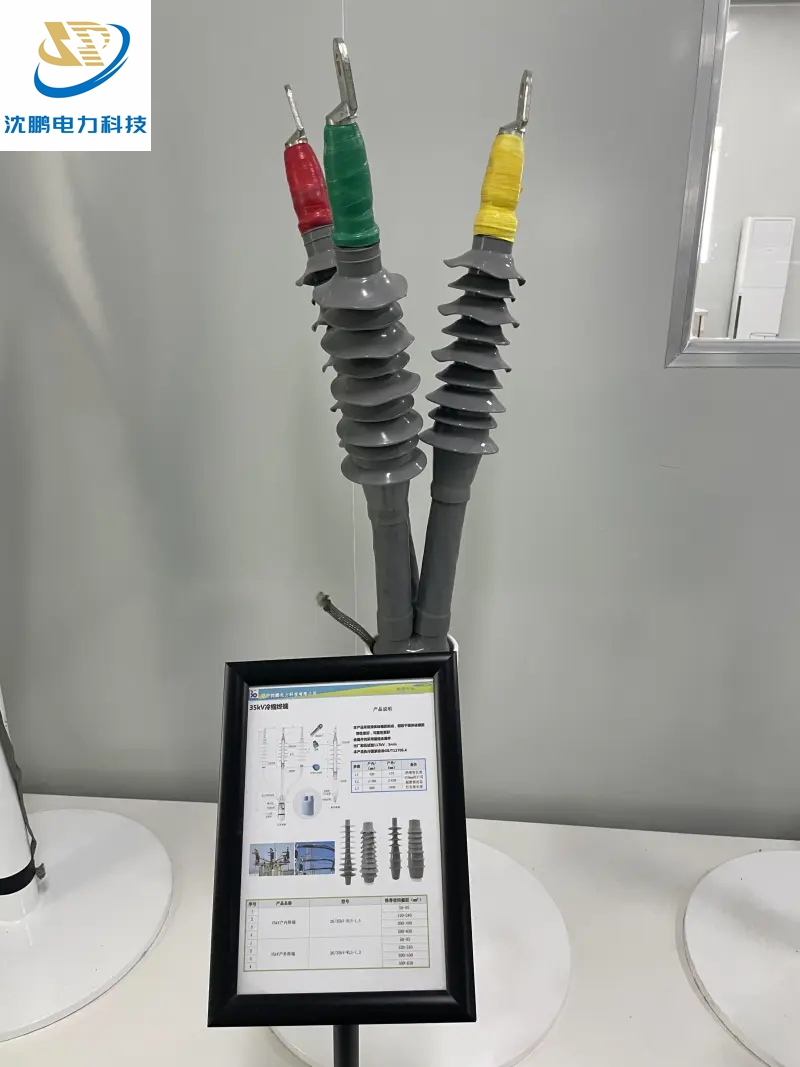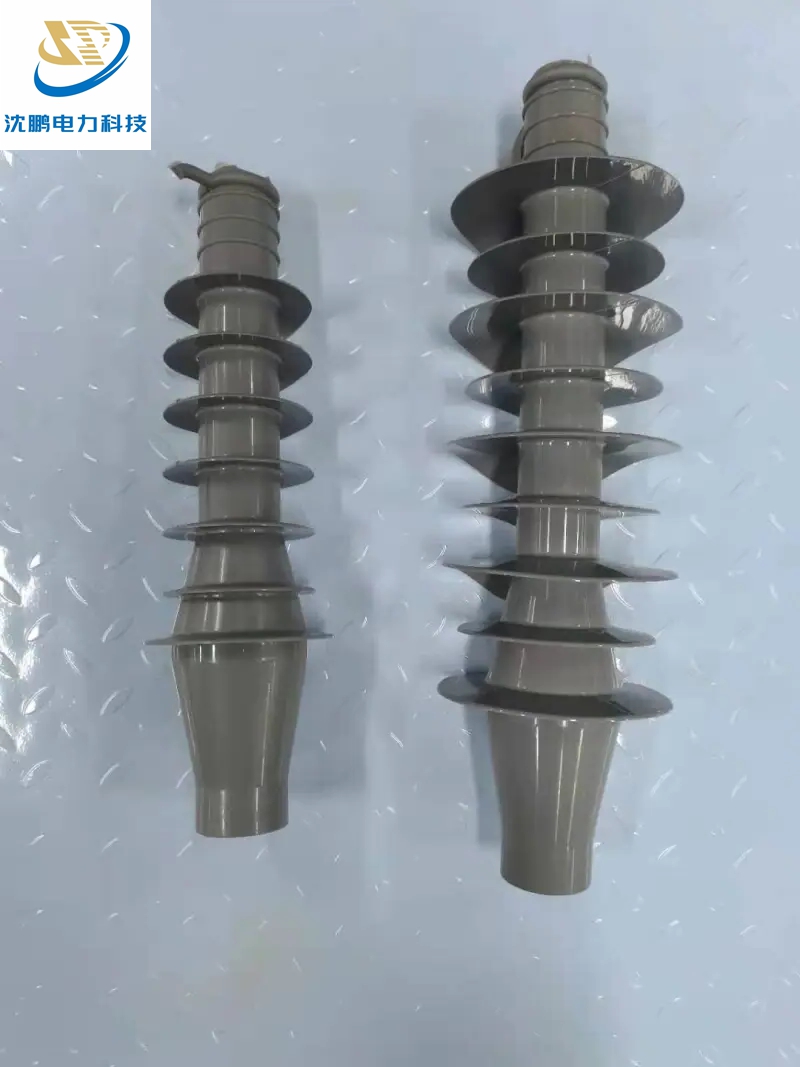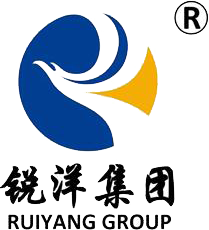
Cold-Shrink Cable Termination: The Revolution in Cable Termination Technology
2025-10-13 14:39In the critical world of electrical power systems, the points where cables connect to equipment—known as terminations—are often the most vulnerable. For decades, installing these essential components was a complex, skill-dependent process involving heat, specialized compounds, and potential safety hazards. The advent of Cold-Shrink Cable Terminations marked a revolutionary shift, offering a safer, faster, and more reliable solution.

The Core Principle: Elastic Memory
The genius of cold-shrink technology lies in its simplicity. The Termination is built from a special grade of high-quality silicone rubber that is pre-expanded at the factory and held in its stretched state on a removable, rigid plastic core, often called a "support spiral" or "core." This process imbues the rubber with "elastic memory."
During installation, the technician simply positions the unit over the prepared cable end and pulls out the support core. No heat, no flames, no special tools. The rubber, remembering its original form, instantly and uniformly contracts onto the cable. This creates a seamless, tight, and permanent seal that conforms perfectly to every contour of the cable, locking out moisture, dirt, and other contaminants.
Key Advantages: Why Choose Cold-Shrink?
Unmatched Safety: The elimination of torches or heating tools makes cold-shrink terminals the only choice for hazardous or confined spaces where an open flame is prohibited, such as chemical plants, mines, or fuel storage facilities.
Foolproof Installation & Reliability: The pre-engineered, single-piece design drastically reduces the risk of human error. The consistent, factory-controlled radial contraction pressure ensures a perfect seal every time, delivering unparalleled long-term reliability and performance.
Superior Environmental Resilience: Silicone rubber provides excellent resistance to UV radiation, ozone, extreme temperatures (from -50°C to over 90°C), and pollution. Its inherent hydrophobicity repels water, preventing tracking and flashover, even in harsh coastal or industrial environments.
Permanent Flexibility: Unlike heat-shrink materials that become rigid, cold-shrink terminals remain flexible after installation. This allows them to withstand vibrations, thermal cycling, and minor cable movements without cracking or losing the seal—a critical feature in dynamic applications like wind farms or near heavy machinery.

Where are They Used?
Cold-shrink terminations are the preferred solution across a wide spectrum of applications:
Medium-Voltage Distribution Networks: Connecting underground cables to switchgear, transformers, or overhead lines.
Renewable Energy: Protecting connections in wind turbines and solar farms from vibration and extreme weather.
Industrial Plants: Providing reliable terminations in demanding environments like oil refineries, manufacturing facilities, and water treatment plants.
Infrastructure Projects: Used in tunnels, airports, and data centers where safety and reliability are non-negotiable.
By combining installation simplicity with robust, long-lasting performance, cold-shrink cable terminations have set a new standard for safety and reliability in modern electrical infrastructure, proving that the simplest solutions are often the most powerful.
